You can hatch chicks by either using the batch or continuous incubation method.
The type of incubators you decide to buy will have an impact on the incubation method you can use. It’s therefore important to read this article before you make that decision on the type of incubator you will buy.
In this article, I will cover the difference between batch and continuous incubation methods and how you can potentially increase your revenues by over 4 times in a month!
Batch Incubation
This method basically refers to an “all-in all-out” hatching system where you place ALL the eggs in the incubator at once and wait for 21days. After chicks hatch on Day 21 or 22, you clean the incubator and start all over.
Say you have 500 fertilized eggs, on Day 1 you place all the 500 eggs on the setter trays till Day 18. On the morning on Day 18, you move the eggs to the hatching crates where they will remain until hatching on Day 21 or Day 22.
Potential revenue is therefore limited by the hatching space your incubator allows.
Batch incubation is most suited for…
- Combo incubators – these are incubators that contain the setter and hatcher compartments in one unit. Most smaller and cheaper incubators are combo units and these are popular with hobbyists and poultry farmers wanting to grow their own flocks gradually. Combo units that can take large quantities of eggs are also available.
- Poultry farmers with a limited budget but intending to venture into the business of hatching chicks usually start off with combo incubators. Combo incubators are readily available in smaller sized units that suit smaller budgets.
- Poultry farmers with access to fertilized eggs all at once usually prefer to use batch production cycles so as to use eggs when they are still fresh and less than 7days old.
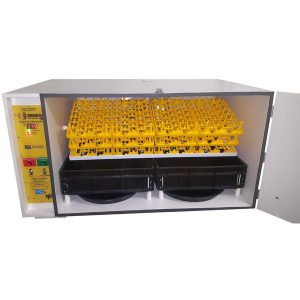
Continuous Incubation
This method involves loading eggs on a weekly basis. Once the cycle is in full swing, you will be hatching and selling chicks on a weekly basis. This allows for a constant supply of chicks to your clients on specific days. This also means increased profits by over 4 times (4 cycles in a month) as compared to using the batch production (1 cycle in a month).
To achieve continuous production, one needs to buy 2 machines, that is, a separate setter unit and hatching unit.
So every week you load eggs to cover one-third (1/3) of the space in the setter unit. For example, if the maximum capacity of the setter is 750 eggs, this means on Day 1 you will load Batch A: 1/3 x 750=250eggs, after 7days you load Batch B=250 eggs and after 7 days Batch C=250eggs.
When Batch A reaches 18days, the eggs will be moved to hatcher and this will create space for you to load Batch D=250 eggs on the setter. Batch A will stay in the hatcher unit for 3 days and hatch on Day 21.
When you take Batch A out of the hatcher after Day 21, the spacing of 7 days will allow you to clean the hatcher and then load Batch B from setter into the hatcher on Day 18, creating space for you to load Batch E 250eggs in the setter. The continuous cycle will now be in process.
Continuous incubation is most suited for…
- People with financial ability to invest in setter and hatcher units as these are more expensive than combo units.
- Commercial hatchery setups that receive many eggs on a weekly basis either from egg suppliers or own breeding stock. Depending on the size of the breeding flock, once can pick eggs on a daily basis and then load the eggs say after every 7days.
Conclusion
As you can see, using either batch or continuous incubation method largely depends on a number of factors. However, continuous incubation method has the potential to maximize output and increase revenues by over 4 times in a month.
Did you find this article helpful? Leave a comment below or subscribe to my free Email Newsletter and also like The Poultry Shop Facebook page. Thanks!
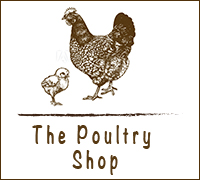
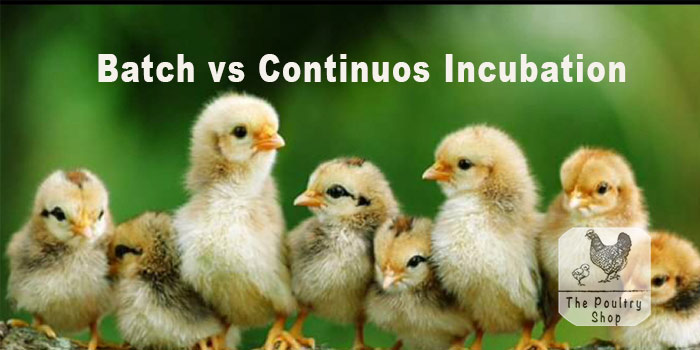
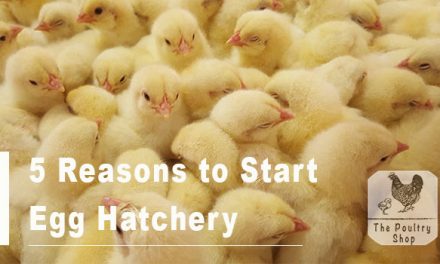
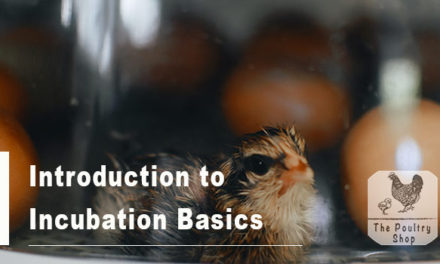

VERY INFOMATIVE WILL CONTINUE TO FOLLOW
Thanks Stanfar!
thank you for this informative website. I learnt so much and will follow.
Your welcome Caroline, glad you found the information useful. Have a great day..